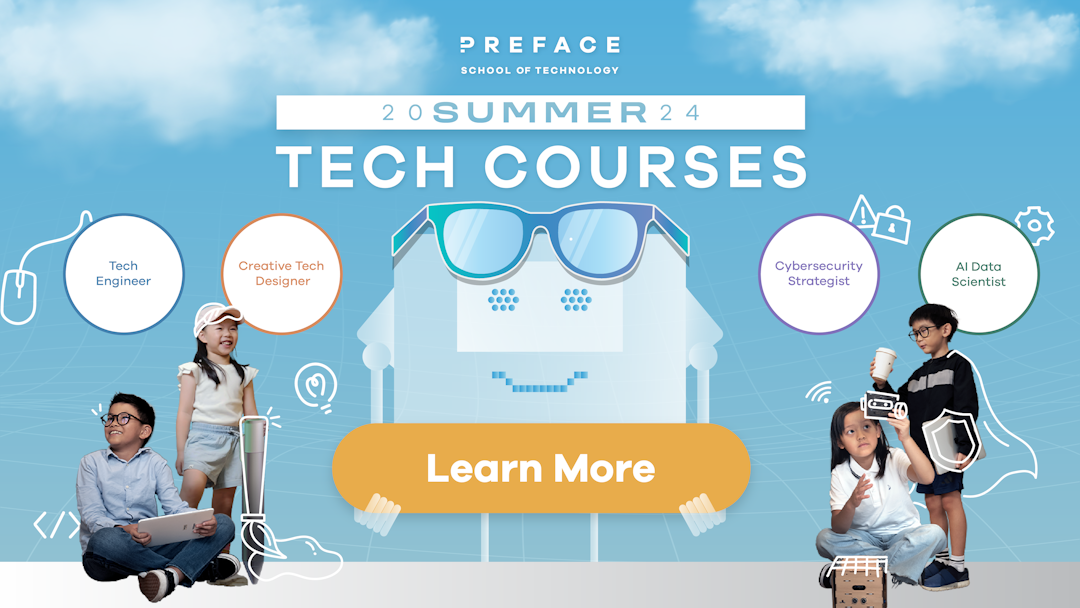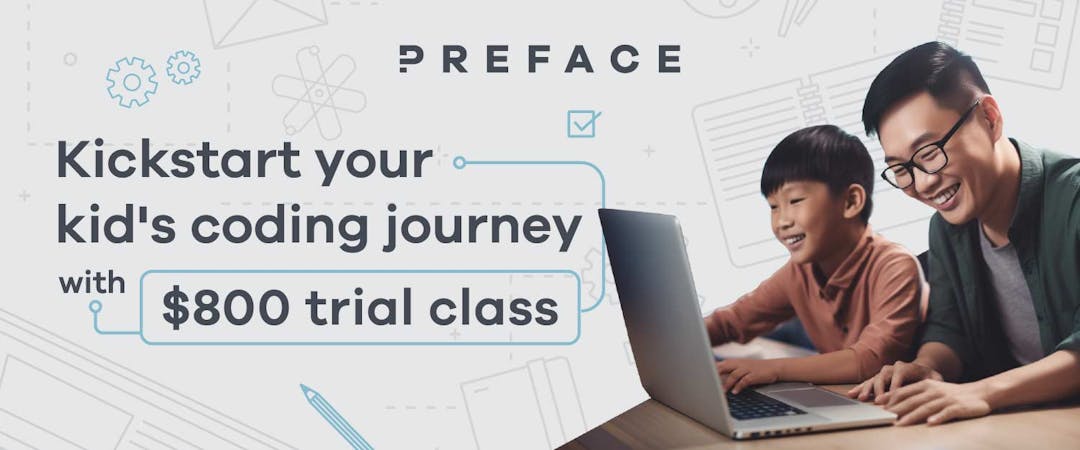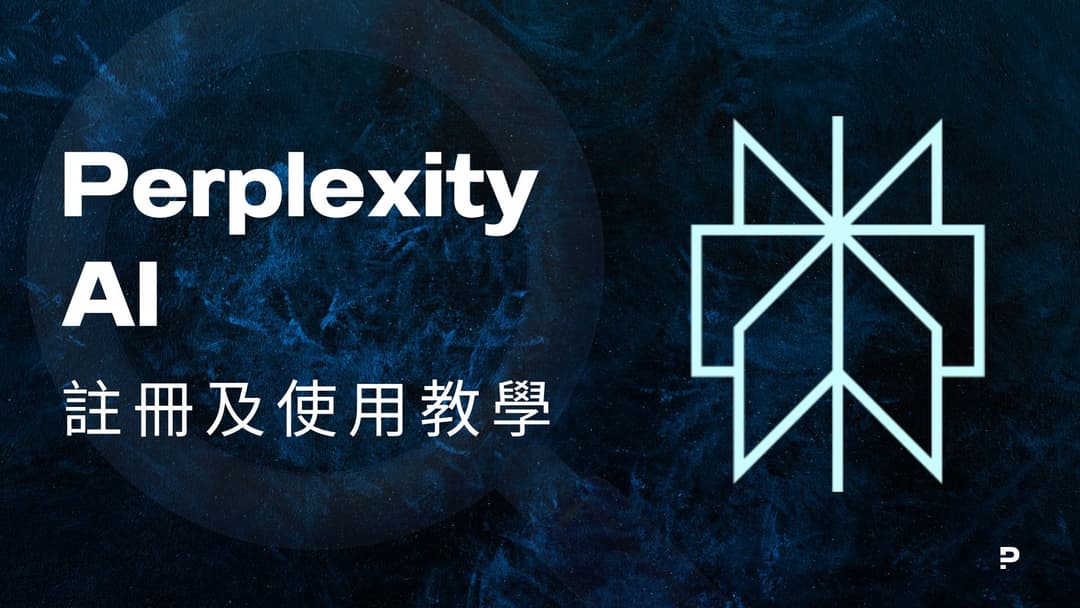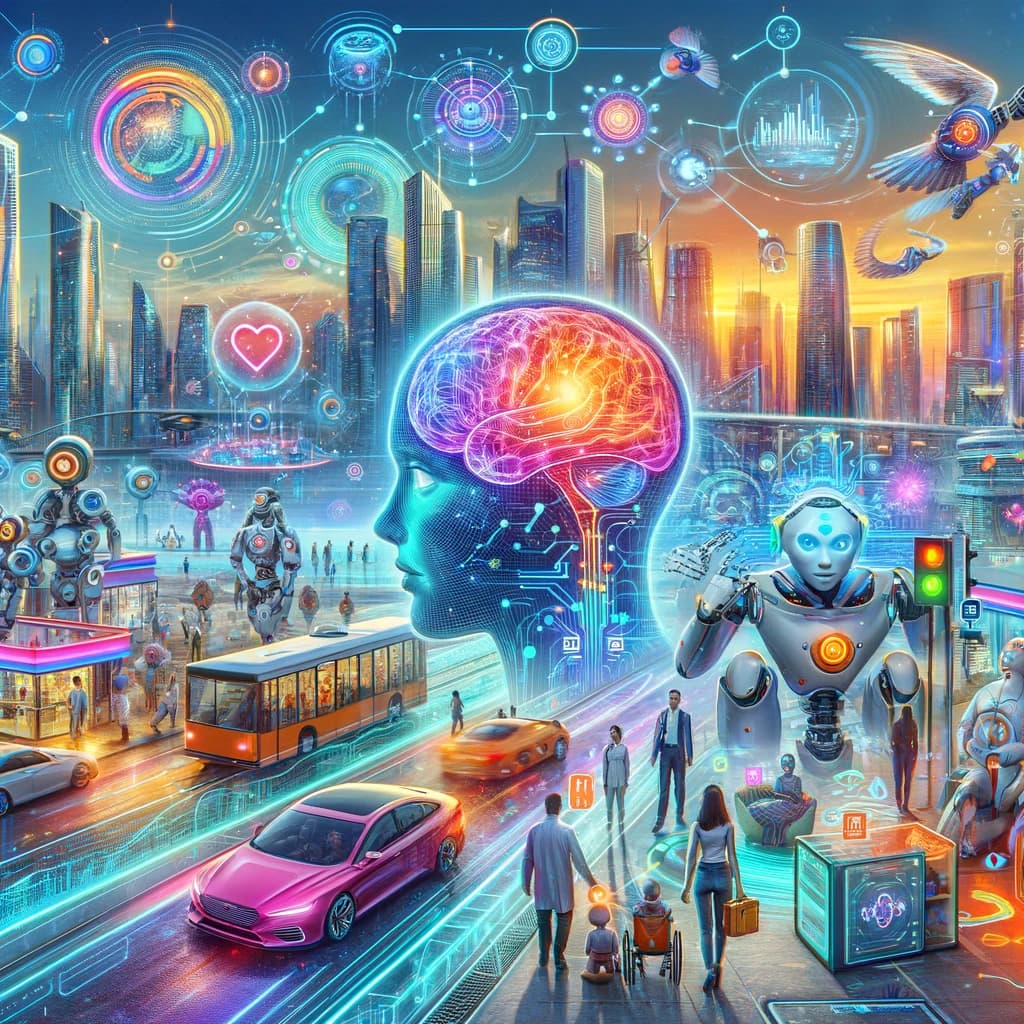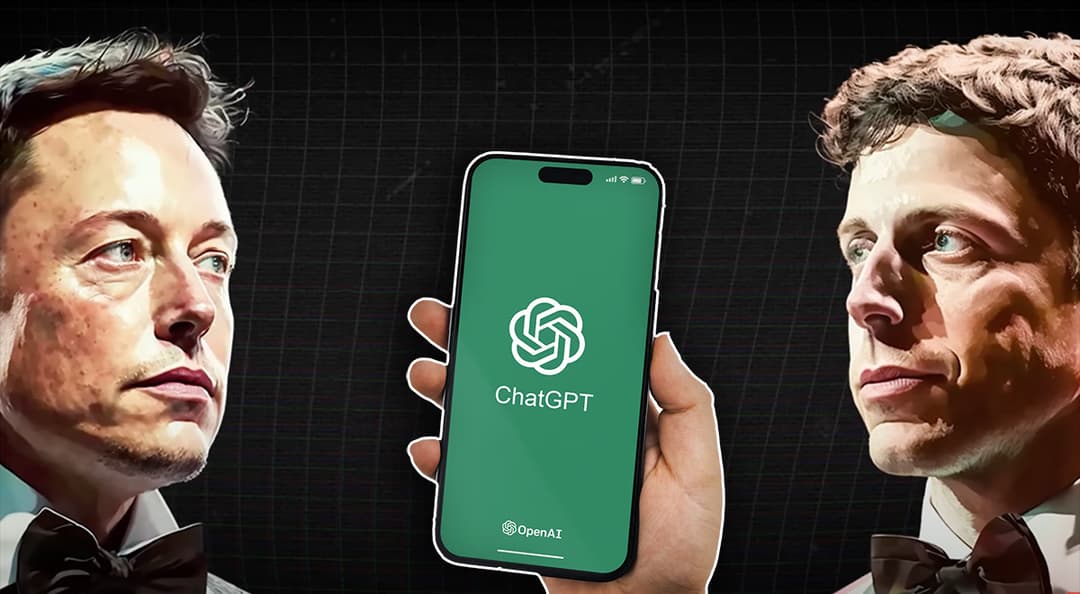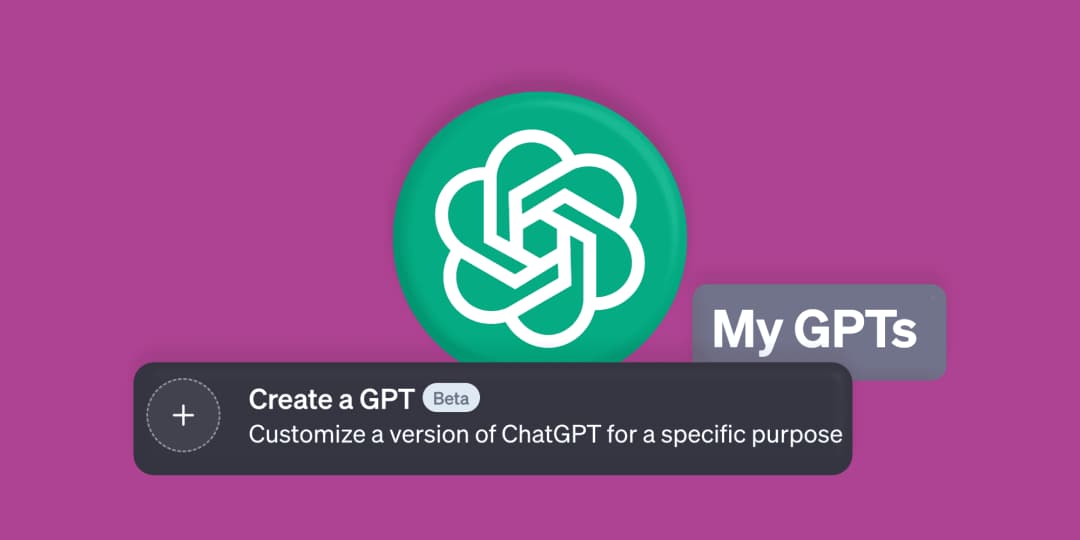Learner's Voice: The Educational Field Must Adapt To ChatGPT
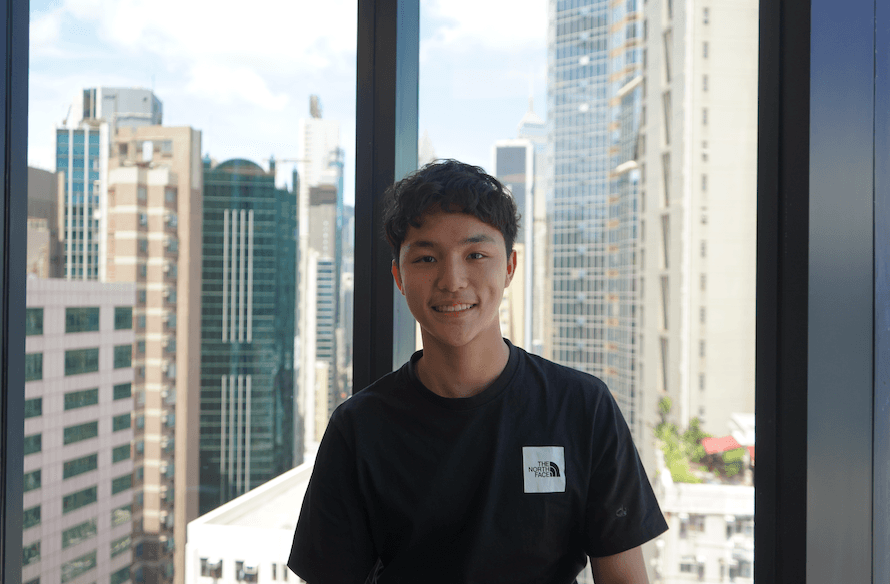
The article was written by Boris Lo, a junior learner at PREFACE.
ChatGPT is a tool that took the educational world by storm. ChatGPT is an innovative artificial intelligence chatbot based on OpenAI’s GPT-3 natural language processing model. ChatGPT’s capabilities revolve around taking natural language inputs and then creating a response using a wealth of data gathered on the internet. ChatGPT is capable of generating human-like responses and can do things like holding a conversation or a debate. ChatGPT can also be prompted to create poems, stories, essays, and even code.
When ChatGPT was first introduced, students used it as a tool to help them with their work. They used ChatGPT to create essays and responses for their assignments and passed the work off as their own. This led to the banning of ChatGPT usage for students in schools such as Western Australian, Victorian and New York public schools. Many now believe that the main issue with ChatGPT usage was academic integrity, with a multitude of AI-generated work being passed off as their own by students. Current plagiarism checkers are unable to check for AI-generated writing, so the development of tools such as GPTZero (a program built by a Princeton student that claims to be able to detect A.I.-generated writing) began. However, AI will continue to impact the educational field regardless of protests from educators. Furthermore, signs have already started showing the rapid adoption of ChatGPT. The educational sector will have to adapt itself to new AI tools such as ChatGPT, the first of many to come. Here is why.
Banning ChatGPT is futile:
Many schools have banned ChatGPT within the school, however, the banning of AI is just not feasible. Schools ban the usage of ChatGPT by banning its usage on school-owned devices and networks. Despite this, students can still easily access ChatGPT at home, by using tools like VPNs and other many methods to evade its ban. Furthermore, AI plagiarism checkers have been shown as not being accurate, and other paraphrasing online tools can also help evade detection.
The trend of ChatGPT adoption:
Other than the obvious academic drawbacks of ChatGPT, it has also been shown to be effective in aiding student studies, such as being a good revision material and a tool to provide constructive feedback. However, the main adoption of ChatGPT lies not in students, but in teachers. A study by the Walton Family Foundation shows that 51% of teachers use ChatGPT for school, compared to only 33% of students.
ChatGPT offers functions such as creating class outlines, producing supplementary materials and helping with marking, a task that takes up a sizeable chunk of a teacher’s time. The adoption of teachers signifies the non-aversive, accepting attitude of the educational sector to ChatGPT. This suggests the rise of ChatGPT adoption and usage.
Educational sector future direction of development:
The rise of ChatGPT usage in the education sector dictates that it is not AI that needs to adapt, it is educators and students that have to adapt to it. What does this mean? Increasing usage of AI requires a greater understanding of how to use it, and early interaction with such technologies may grant students a better understanding. Nevertheless, the choice of how to leverage AI lies in the hands of students. On the other hand, educators will have to re-skill themselves to keep up with the trend. Educators will most likely need to take a hybrid approach with AI, compensating for its drawbacks and educating students about its strengths and weaknesses.
For educational platforms and other educational-related businesses, this could potentially reduce their gradual redundancy as AI such as ChatGPT may pose to replace them. This means greater competition will ensue, and alongside educators, education platforms will have to realise the usage of AI in their platforms to stand out. The online education sector was 30.60 billion in 2021 and is expected to continue to grow with the younger generations being digital natives. Educational businesses should accept the change, and the need for AI in education, as the adoption of AI in this field is already prevalent.
The future of learning in our digitalised world lies in a hybrid approach with AI and the catalytic change in the education field due to AI is just the first of many to come.

